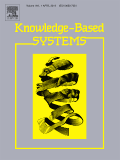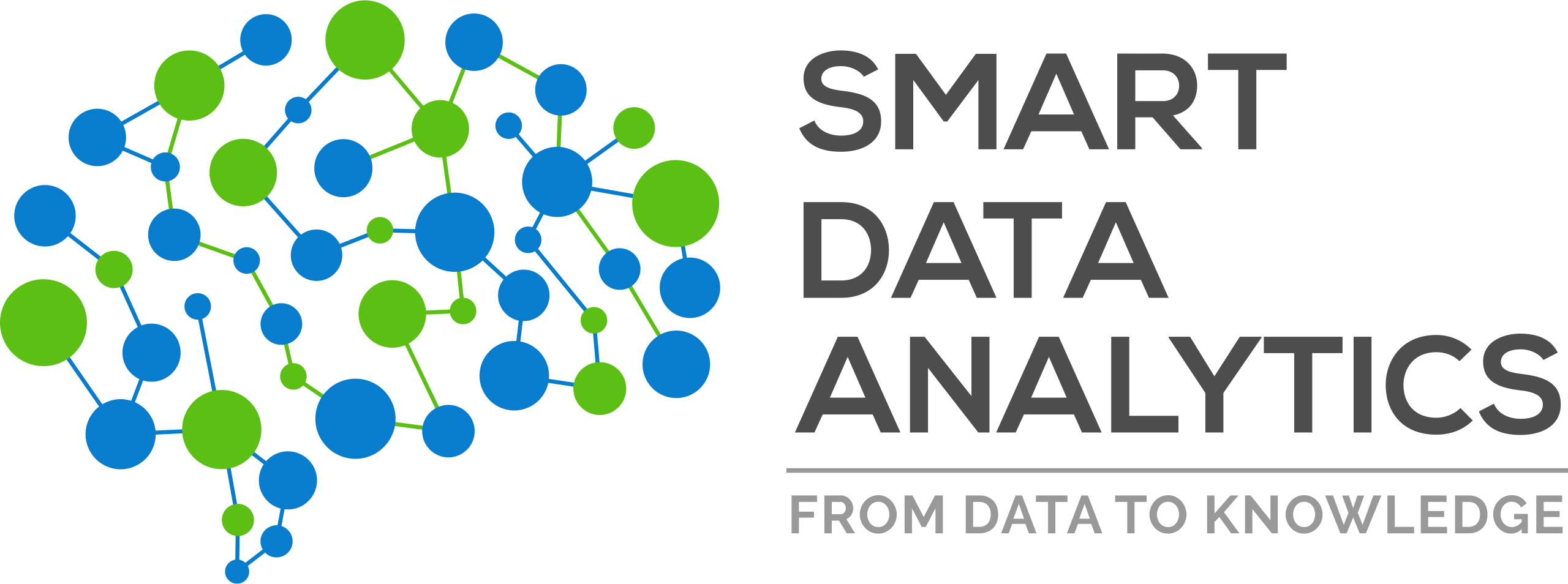 We are very pleased to announce that our group got a paper accepted at the Knowledge-Based Systems Journal.
We are very pleased to announce that our group got a paper accepted at the Knowledge-Based Systems Journal.
Knowledge-Based Systems is an international, interdisciplinary and applications-oriented journal. This journal focuses on systems that use knowledge-based (KB) techniques to support human decision-making, learning, and action; emphases the practical significance of such KB-systems; its computer development and usage; covers the implementation of such KB-systems: design process, models and methods, software tools, decision-support mechanisms, user interactions, organizational issues, knowledge acquisition and representation, and system architectures.
Here is the accepted paper with its abstract:
- “New label noise injection methods for the evaluation of noise filters” by Luís Paulo F. Garcia, Jens Lehmann, André C.P.L.F. de Carvalho, and Ana C. Lorena
Abstract: Noise is often present in real datasets used for training Machine Learning classifiers. Their disruptive effects in the learning process may include: increasing the complexity of the induced models, a higher processing time and a reduced predictive power in the classification of new examples. Therefore, treating noisy data in a preprocessing step is crucial for improving data quality and to reduce their harmful effects in the learning process. There are various filters using different concepts for identifying noisy examples in a dataset. Their ability in noise preprocessing is usually assessed in the identification of artificial noise injected into one or more datasets. This is performed to overcome the limitation that only a domain expert can guarantee whether a real example is indeed noisy. The most frequently used label noise injection method is the noise at random method, in which a percentage of the training examples have their labels randomly exchanged. This is carried out regardless of the characteristics and example space positions of the selected examples. This paper proposes two novel methods to inject label noise in classification datasets. These methods, based on complexity measures, can produce more challenging and realistic noisy datasets by the disturbance of the labels of critical examples situated close to the decision borders and can improve the noise filtering evaluation. An extensive experimental evaluation of different noise filters is performed using public datasets with imputed label noise and the influence of the noise injection methods are compared in both data preprocessing and classification steps.

